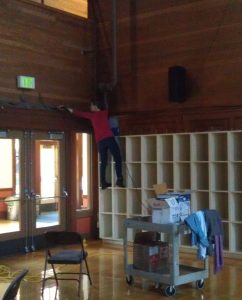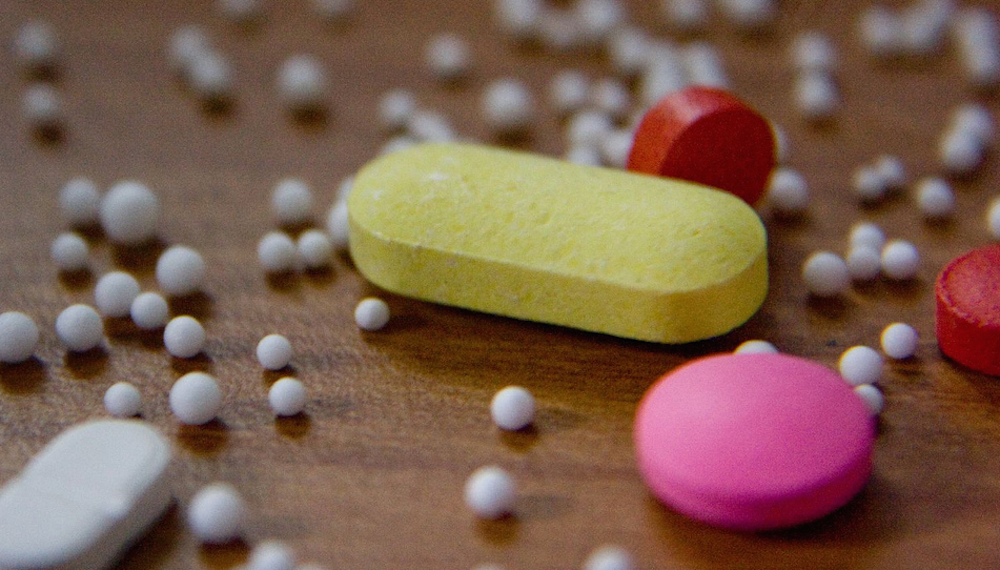Jumping on the blame train, my colleagues and I have found yet another reason to avoid antibacterial products. Our study, which identified a correlation between certain antibiotic resistance genes and the much maligned triclosan in indoor dust, was published in Environmental Science & Technology last week. As of today, the full text version is freely available.

While our study doesn’t actually identify a causative link between triclosan and antibiotic resistance in dust, you have to admit, finding a higher abundance of antibiotic resistance genes where there are higher concentrations of triclosan is pretty suspect. This publication comes on the heels of the FDA decision to ban triclosan and other antimicrobials from household soaps because they effectively confer no advantage over regular soaps and carry a plethora of added risks.
Exposure of bacteria to triclosan can cause cross-resistance to medically relevant antibiotics (here). In addition to being found in wastewater, triclosan is ubiquitous worldwide in indoor dust (here, here, here, and here). However, no one had previously examined the impact of triclosan on the indoor microbiome. We thus wanted to know, are antimicrobial chemicals associated with antibiotic resistance genes in the indoor microbiome?
To answer this question, we collected dust samples from a mixed-use athletic and educational facility. We extracted both DNA and chemicals (triclosan, triclocarban, and parabens) from the samples. We analyzed the microbial community composition using 16S rDNA amplicon sequence, antibiotic resistance genes using shotgun sequencing with data processing via ShortBRED, and antimicrobial chemicals using liquid chromatography tandem mass spectrometry (LC-MS/MS).
We found triclosan throughout the building but at lower concentrations than were previously reported, potentially because this building predates the use of triclosan in building materials and/or because it’s a leaky building with potentially a lot of influx of particles from outdoors, effectively diluting the indoor dust. There was essentially no correlation between antimicrobial chemicals and microbial community composition, but there were six antibiotic resistance genes whose abundances were correlated with the concentration of either triclosan or methyl-paraben, another antimicrobial.
There’s a lot of follow-up work to be done on this issue to identify the exact nature of the relationship between triclosan and other antimicrobial chemicals and antibiotic resistance in the indoor environment. Nevertheless, this evidence is another nail in the coffin for antibacterial soaps. Perhaps we should evaluate the use of antimicrobial chemicals in other products as well…
This work was funded by a grant from the Alfred P. Sloan Foundation to the BioBE Center at the University of Oregon. The analyses were performed at UO, the Harvard School of Public Health, and the Biodesign Center for Environmental Security at Arizona State University.

There is an article in Reuters today about this work. See http://www.reuters.com/article/us-health-chemicals-antibiotic-resistanc-idUSKCN11M2AD.